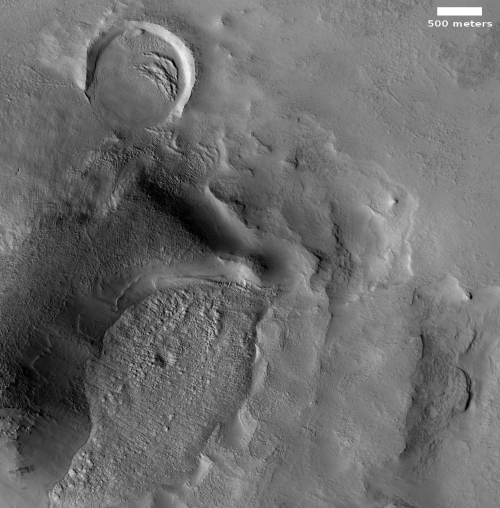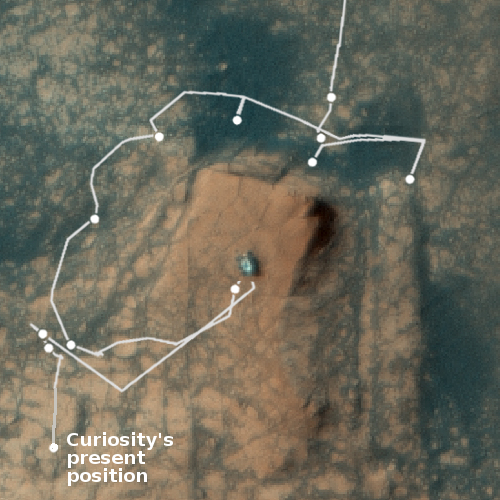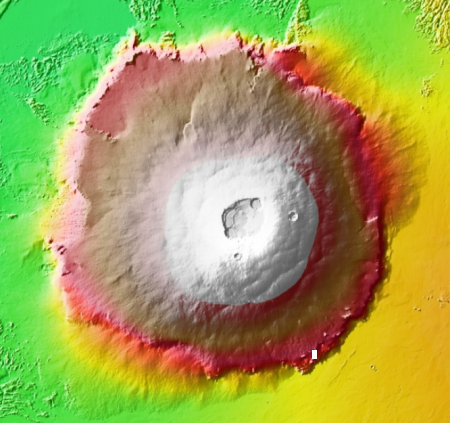Starship will fuel a shift of spaceports to the Earth’s equator
Rand Simberg yesterday posted an intriguing essay speculating on how the arrival of Starship is going to vastly change how and where rockets launch from Earth, encouraging the increase in spaceports along the equator while changing the design of satellites launched from that point.
He describes the many advantages for launch from the equator, and suggests it is really the only location that will allow for regular, reliable, and frequent launches, the kind that SpaceX wants to happen using Starship. This is maybe the key point:
You get maximum advantage of earth’s rotation by launching due east at the equator. There are no launch windows to get there; you can launch any time of the day, every day, and you will be in the equatorial orbit plane. There is also little weather risk; hurricanes at the equator are almost unheard of (there’s too little coriolis there to spin things up).
Launching from the equator will make some high inclination orbits more difficult to reach, but he suggests the solution will be to rethink the satellites themselves, designing them differently so that they, not the rocket, get them to the orbit they want.
Read it all. He raises some interesting points that I think Elon Musk has already thought of, suggested by the company’s decision to purchase two oil rigs and refurbish them as launch and landing platforms for Starship.
Rand Simberg yesterday posted an intriguing essay speculating on how the arrival of Starship is going to vastly change how and where rockets launch from Earth, encouraging the increase in spaceports along the equator while changing the design of satellites launched from that point.
He describes the many advantages for launch from the equator, and suggests it is really the only location that will allow for regular, reliable, and frequent launches, the kind that SpaceX wants to happen using Starship. This is maybe the key point:
You get maximum advantage of earth’s rotation by launching due east at the equator. There are no launch windows to get there; you can launch any time of the day, every day, and you will be in the equatorial orbit plane. There is also little weather risk; hurricanes at the equator are almost unheard of (there’s too little coriolis there to spin things up).
Launching from the equator will make some high inclination orbits more difficult to reach, but he suggests the solution will be to rethink the satellites themselves, designing them differently so that they, not the rocket, get them to the orbit they want.
Read it all. He raises some interesting points that I think Elon Musk has already thought of, suggested by the company’s decision to purchase two oil rigs and refurbish them as launch and landing platforms for Starship.






